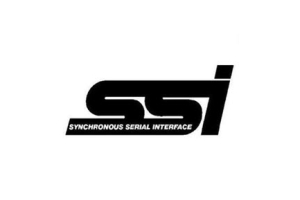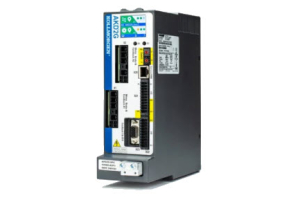Answer: Some slight differences in their magnetic design.
There are several factors that define the type of motion or motor that is best for an application. Directly driving a shaft is not new technology. Moving slow, smooth and accurate while positioning in fine increments takes the right combination of technology. The selection of a motor, encoder, bearing system, and motor controller all contribute to the end result.
Motors that are designed for direct drive applications tend to be optimized for lower mechanical speeds. This is done by increasing the magnetic pole count so that the electrical frequency remains at a level for good control and efficiency while the mechanical speed of the motor is slower. It is not uncommon to see 16, 24, 36, even 60 poles (magnets) in a motor. A higher pole count also reduces the iron cross section required and also allows for larger through-holes (very common on direct drive motors). Direct drive motors with large through-holes allow you to run optics, cables, and other items through the center of the motor.
Other advantages to this high pole count configuration is slightly higher torque output for a given diameter, approximately 20-30% increase. Historically high pole count has meant reduced speed output, but recently advanced processors are allowing higher encoder frequencies. It is not uncommon to see a direct drive motor operating at 2000-3000 rpm with the right set of bearings and the proper motor controller. Direct drive motors tend to be shorter in axial length than diameter, this is a design choice rather then an attribute of the motor.
For more information on Electromate’s family of direct drive rotary motors, please contact:
EDITORIAL CONTACT:
Warren Osak
sales@electromate.com
Toll Free Phone: 877-737-8698
Toll Free Fax: 877-737-8699
www.electromate.com
Tags: Servo Motor, Direct Drive Motor, Electromate, magnetic pole count, Brushless Motor, Electric Motor, DC Motor






